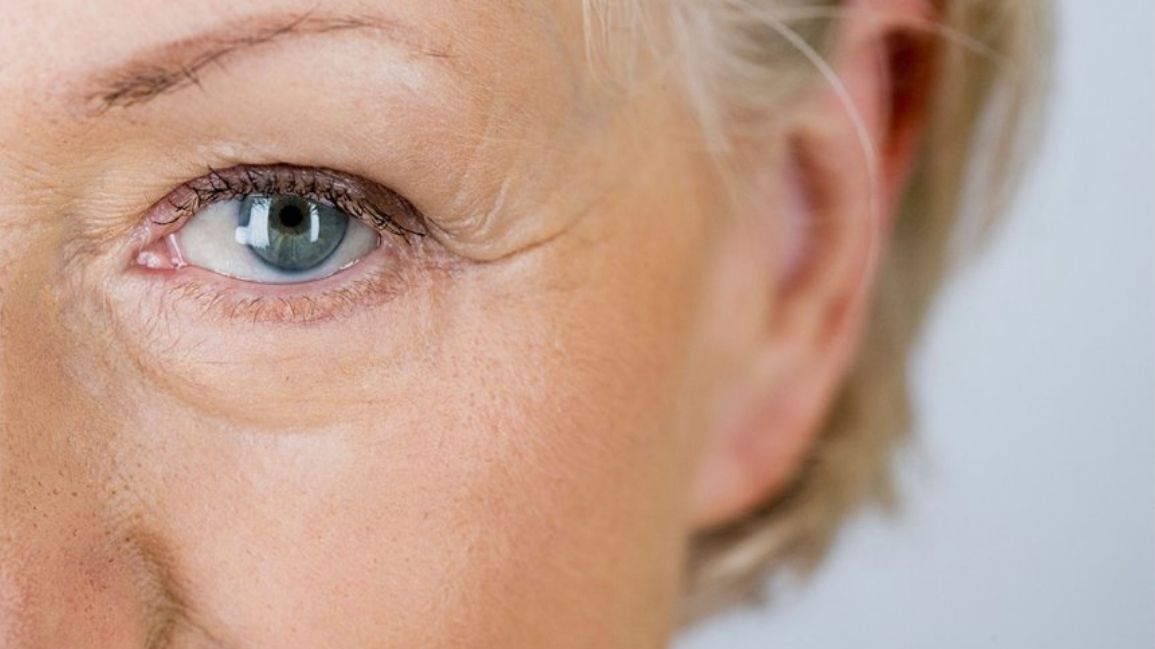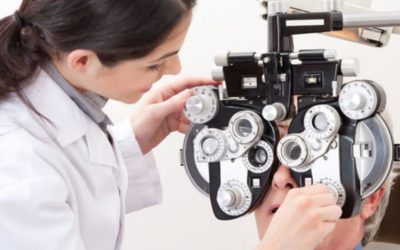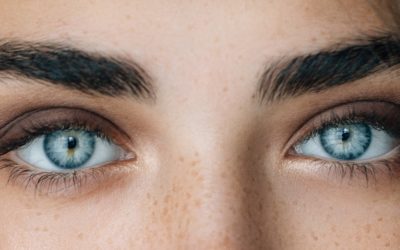What Is The Difference Between Wet And Dry Age-Related Macular Degeneration (AMD)?
Age-related macular degeneration, or AMD, is the leading cause of vision loss in adults over age 50 in the U.S. This condition affects the macula, which is the central part of the retina responsible for the high-acuity vision necessary to read, recognize faces, and do other activities of daily living. Although AMD generally leaves the peripheral (outer) vision intact, advanced forms of the disease leave a patient without the central vision that allows them to function normally in the world.
There are two types of this condition, commonly known as wet and dry AMD. What does this mean? What are the differences between the two types?
Atrophic (Dry) AMD
The early stages of AMD are medically known as atrophic AMD, or more commonly as dry AMD. This type is characterized by drusen, which are yellow spots that form under the retina. These are made up of a variety of waste products, including cholesterol, other fats, and proteins.
Dry AMD makes up 85 to 90% of cases of AMD. Vision loss with dry AMD tends to progress slowly, and most patients retain enough sight to function, although the loss of vision can become severe over time. Unfortunately, there are not many treatment options for dry AMD. Many patients take a certain combination of vitamins, which has been shown to be effective in slowing disease progression and decreasing the likelihood of vision loss, but other treatments are not currently available. It's important for patients with dry AMD to be examined regularly by an eye doctor, to ensure that the disease has not progressed to the more severe wet form.
Exudative (Wet) AMD
Although exudative AMD, also known as neovascular or wet AMD, makes up a minority of cases of age-related macular degeneration, it can be more severe and may progress more quickly. In this form, abnormal blood vessels grow under the macula. These blood vessels may leak blood or fluid into the space beneath the retina. If this happens, vision loss can be sudden and severe.
Wet AMD may be considered a more advanced version of the condition, as it represents a progression from the dry form. However, this progression doesn’t happen in every patient. Every patient with wet AMD had dry AMD first, but not every patient with dry AMD will end up having wet AMD later.
Wet AMD is much less common than the dry version, but is also more dangerous. 90% of cases of severe vision loss from AMD are due to this form of the disease. There are treatments available that can help patients with wet AMD, decreasing the probability of severe vision loss. These include injectable medications and laser treatments.
Chula Vista, La Mesa, El Centro, And National City Macular Degeneration Treatment
For patients who have macular degeneration, the care of a retinal specialist is crucial to help preserve as much vision as possible. We have many patients receiving Chula Vista, La Mesa, and El Centro macular degeneration treatment from the specialist physicians at our offices. If you have AMD or suspect that you might, and would like the care of a specialist to help you save your sight, please contact our office to make an appointment.




0 Comments